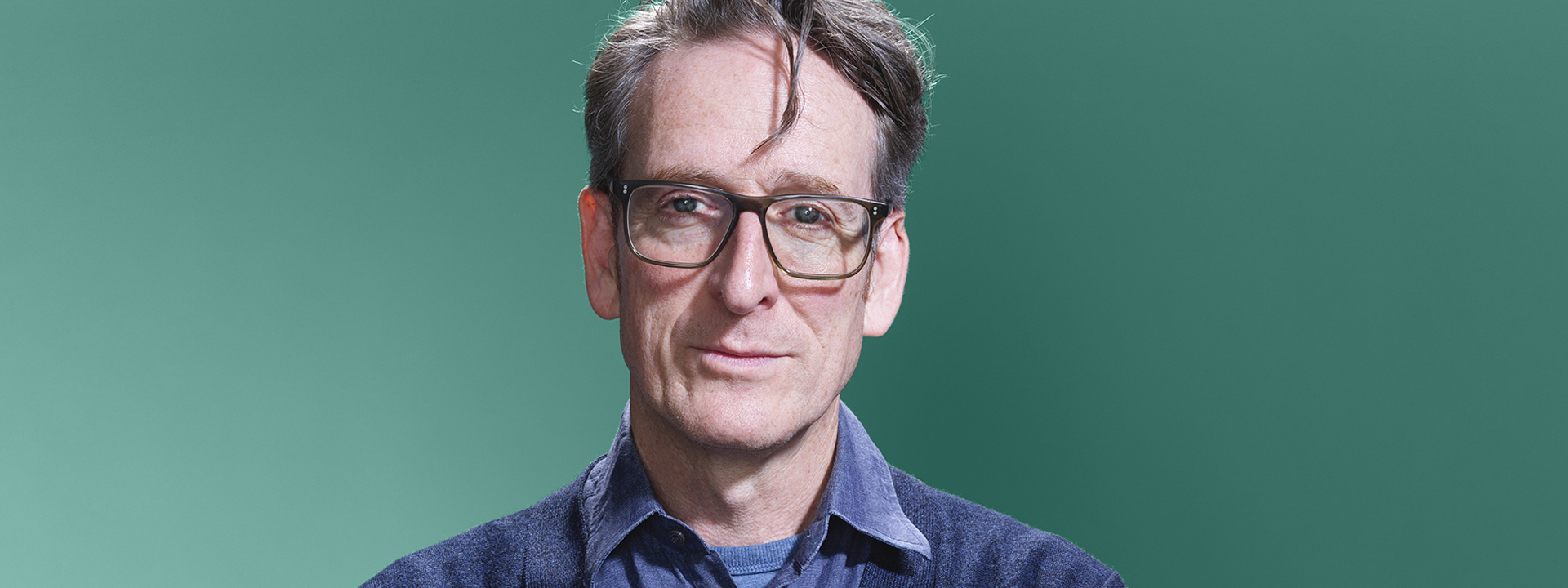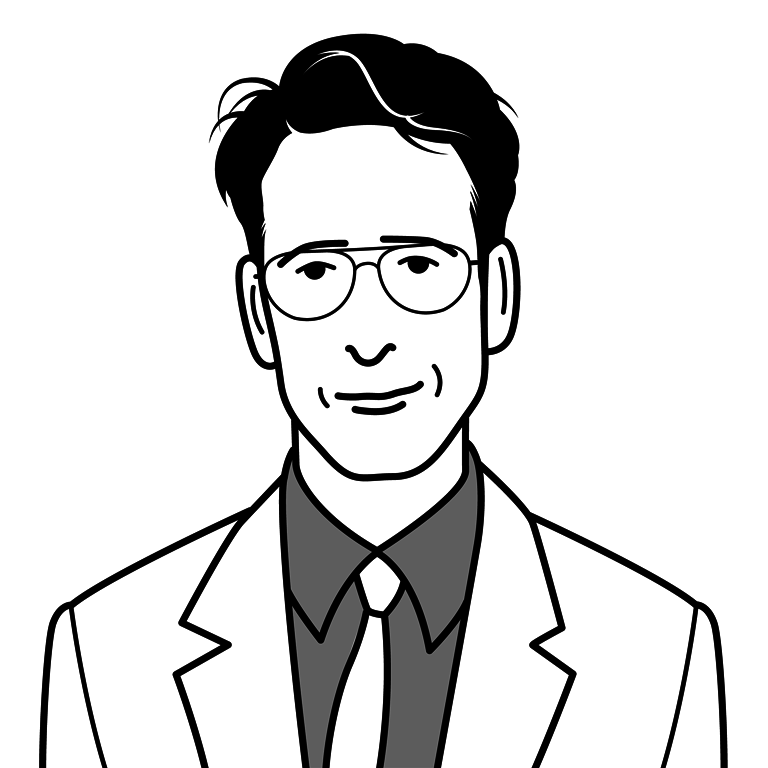Charles Vallance in Campaign: Only Connect!
news
Agency News
Published by
Charles Vallance
Date
03/05/2022
Originally published in Campaign.
We live in a hyper-connected world and yet, in numerous ways, connection is becoming harder than ever.
We travel to work in our own media bubbles and, certainly on the wide pavements of Victoria, weave our way between pedestrians watching their phones more closely than the way ahead.
Our attention spans are shrinking, our media habits fragmenting and our communities morphing from real to digital.
As a species, we have an innate need to connect but, as an industry, we tend to prioritise content over connectivity. Far too many conversations about the content we create happen in isolation of, rather than in unison with, the business of how people will connect with it.
Media and creative output are too often dislocated. Creative awards are too often allotted to work that has barely been seen or celebrated in the real world.
This highlights an irony for an industry that sees itself as content-driven. Because, contrary to the received wisdom, content isn't king. Connectivity is.
This may sound heretical at first glance, surely it's all about the work? Yes it is. But only in so much as the work connects people and gives them something to share. Otherwise, the effort is close to worthless.
There's little to be gained from making the best ad no-one ever sees or, if they do, have no desire to talk about. Hence my reference to EM Forster's authorial homily in Howards End; "Only connect! Live in fragments no longer. Only connect, and the beast and the monk, robbed of the isolation that is life to either, will die."
Connection is the opposite of isolation, and it is the lifeblood of brands. But we constantly face the competing forces of fragmentation. These are the modern beasts and monks of our trade, time-shifting, micro-casting, multi-screening and isolating what used to be shared and consumed collectively, in real time, by social groups (known as families) on single devices (known as tellies).
Fear not, though. The future is better than the past. Partly because levels of adspend have never been higher, and partly because the ways we have to connect with audiences have never been more diverse or prolific.
We can build connections that were simply not conceivable 10 years ago, we can create partnerships and activations, platforms and experiences, which are both more immersive and interactive than traditional media channels.
Furthermore, traditional media is fighting back. Television is enjoying soaring demand, with better products, a more entrepreneurial business model, more destination programming and more appointments to view.
Just as the Jeremiahs were predicting the demise of linear viewing, it is back in demand, precisely at the point that Netflix has suffered its first setback in years with a drop in subscribers prompting a 35% share price correction.
And the possibility of it introducing an ad-funded model. A bit like, erm, linear TV.
Put simply, there's more content out there, on more platforms, that's more accessible, of greater variety, of higher quality and available via more devices, more flexibly in more places on more occasions than ever before.
This is not to suggest that quantity is inherently an advantage. To the contrary, one of the challenges that the content industry now faces is the sheer abundance of choice being produced (and attendant subscription costs).
There is a danger that this creates a replaceability spiral where the level of supply exceeds the strength of paid for demand.
Margaret Schlegel, one of the main characters in Howards End, draws a similar conclusion, albeit about life in early 20th-century London: “The more people one knows, the easier it is to replace them.”
The same applies to brands. Which is why the greatest creative challenge for our industry isn't how we add to the weight of content out there, but how we help our brands connect with it.
Charles Vallance is chairman and founding partner of VCCP


